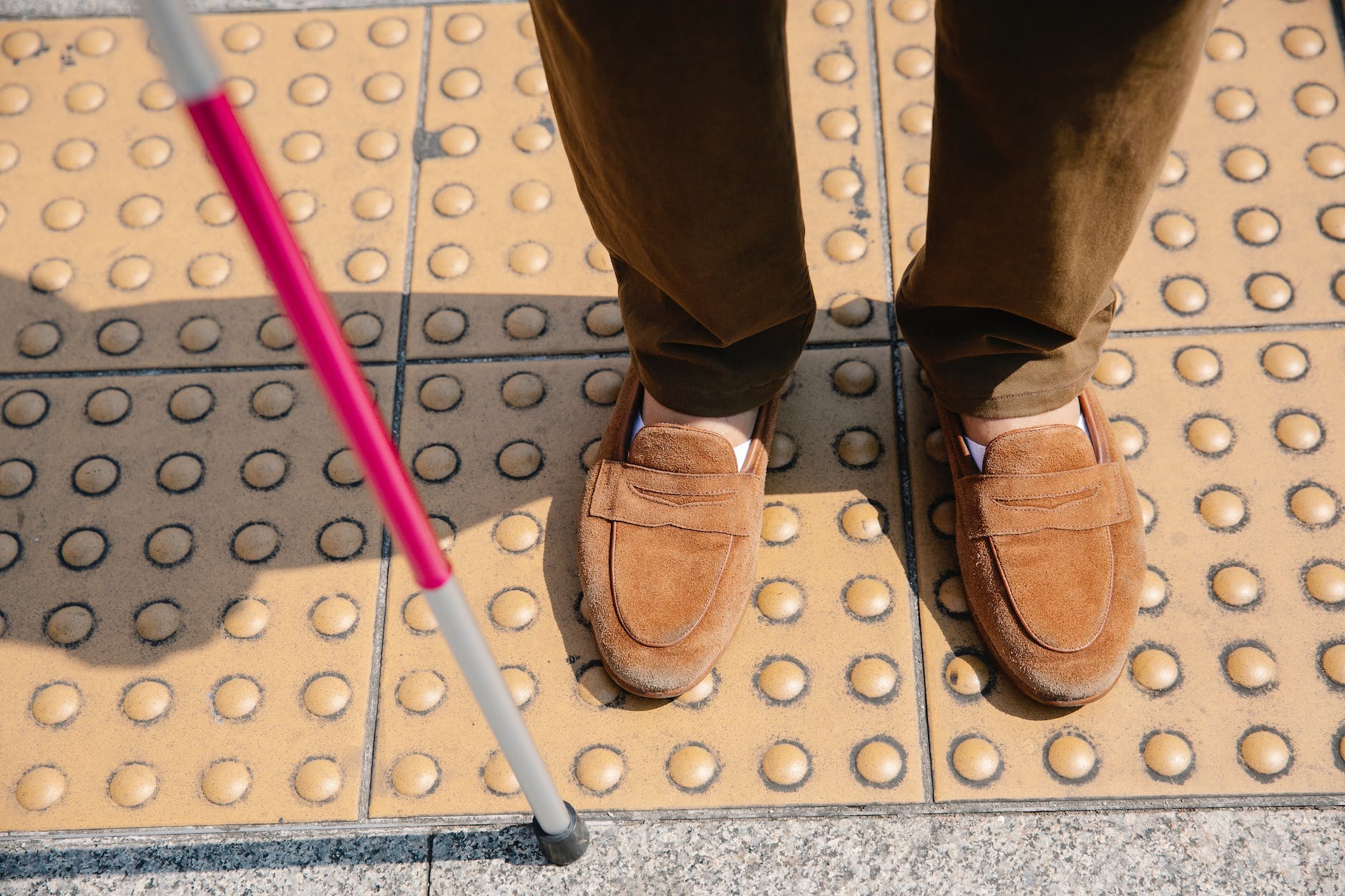Diabetes and Glaucoma: The Silent Threat to Vision


-
Diabetes and Glaucoma: The Silent Threat to Vision
- The Diabetes Epidemic: Unveiling the Hidden Dangers
- Glaucoma: The Stealthy Vision Thief
- The Dangerous Intersection: Diabetes and Glaucoma
- Early Detection: Your Shield Against Vision Loss
- Treatment Options: The Power of Medical Advancements
- Empowering Yourself: Lifestyle Modifications for Eye Health
- The Path to Awareness and Prevention
Diabetes and Glaucoma: The Silent Threat to Vision
In today's fast-paced world, where health concerns are on the rise, it is crucial to shed light on the potential risks and dangers that individuals face. Two prevalent conditions that often go unnoticed until it's too late are diabetes and glaucoma. These silent threats pose a significant risk to millions of people worldwide, potentially leading to unexpected blindness if left untreated. In this comprehensive article, Diabetes and Glaucoma: The Silent Threat to Vision, we will delve into the intricate relationship between diabetes, glaucoma, and vision loss, empowering you with essential knowledge to protect your eyesight. https://diabetescure4u.com/
Diabetes, a chronic metabolic disorder, affects an estimated 463 million people globally. This staggering number continues to rise, signaling an alarming epidemic. Beyond the well-known implications for overall health, diabetes also poses a severe threat to visual well-being. High blood sugar levels associated with diabetes can damage the tiny blood vessels in the retina, leading to a condition known as diabetic retinopathy. If left untreated, diabetic retinopathy can progress, causing irreversible vision loss and even blindness.
Glaucoma: The Stealthy Vision Thief
Glaucoma, often referred to as the "silent thief of sight," is a group of eye conditions that gradually damage the optic nerve. This condition typically develops without noticeable symptoms until the later stages, making early detection and intervention crucial. Glaucoma affects over 76 million people worldwide, with nearly half of them remaining undiagnosed. The most common form, primary open-angle glaucoma, occurs when the fluid in the eye fails to drain properly, resulting in increased pressure within the eye. This increased pressure damages the optic nerve, leading to vision loss over time.
The Dangerous Intersection: Diabetes and Glaucoma
As if diabetes and glaucoma weren't concerning enough on their own, their combination presents an even more significant threat. Studies have shown that individuals with diabetes are twice as likely to develop glaucoma compared to those without diabetes. The reasons behind this heightened risk are still being extensively researched, but it is believed that the increased pressure within the eye caused by diabetes-related fluid imbalances plays a role. Moreover, diabetic retinopathy can further exacerbate the optic nerve damage caused by glaucoma, accelerating vision loss.
Early Detection: Your Shield Against Vision Loss
When it comes to diabetes and glaucoma, early detection is crucial for preserving vision. Regular eye examinations are paramount, especially for individuals with diabetes. These comprehensive screenings can help identify any signs of diabetic retinopathy and glaucoma in their initial stages when treatment options are more effective. By monitoring blood sugar levels, managing diabetes effectively, and promptly addressing any eye-related concerns, individuals can take proactive steps to protect their vision and prevent unexpected blindness.
Treatment Options: The Power of Medical Advancements
The field of ophthalmology has witnessed remarkable advancements in the treatment of both diabetes-related eye conditions and glaucoma. For diabetic retinopathy, various interventions can slow down or halt the progression of the disease, such as laser photocoagulation, intravitreal injections, and vitrectomy. In the case of glaucoma, treatment options range from medicated eye drops to surgical procedures like trabeculectomy and minimally invasive glaucoma surgery (MIGS). These treatments aim to reduce eye pressure, slow down optic nerve damage, and preserve vision.
Empowering Yourself: Lifestyle Modifications for Eye Health
While medical interventions play a crucial role, adopting a healthy lifestyle can significantly contribute to maintaining optimal eye health. For individuals with diabetes, managing blood sugar levels through diet, exercise, and medication is paramount. Regular physical activity, a balanced diet rich in nutrients, and avoiding smoking can benefit both diabetes and glaucoma patients. Additionally, protecting your eyes from harmful UV rays by wearing sunglasses and using protective eyewear in hazardous environments can further safeguard your vision.
The Path to Awareness and Prevention
Prevention is always better than cure. Raising awareness about the intricate relationship between diabetes, glaucoma, and vision loss is key to combatting this growing threat. Educating individuals about the importance of regular eye examinations, the risks associated with diabetes and glaucoma, and the available treatment options can empower them to take charge of their eye health. By spreading knowledge and promoting proactive measures, we can work together to reduce the impact of these conditions and protect the vision of millions worldwide.
- Diabetes: Health 'Coaches' Will Help To Combat Rising Diabetes Cases
- Diabetes, Heart Disease, and Stroke: Protecting Your Health
- Diabetes: Hypoglycemia Doesn't Impair Cognition in Children with Type 1 Diabetes
- Diabetes: Latino Kids May Develop Type 2 Diabetes Due To A High-sugar Diet
- Diabetes: What Type Of Insulin Is Right For Me?

